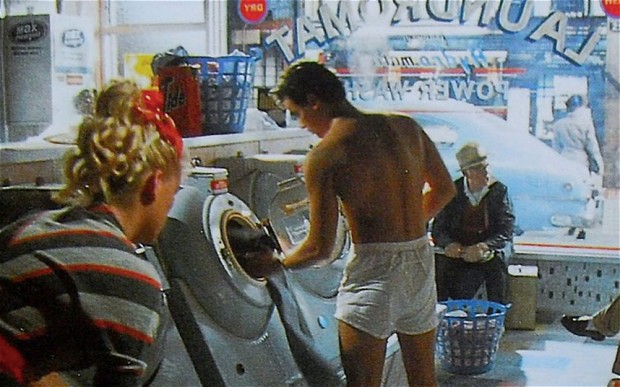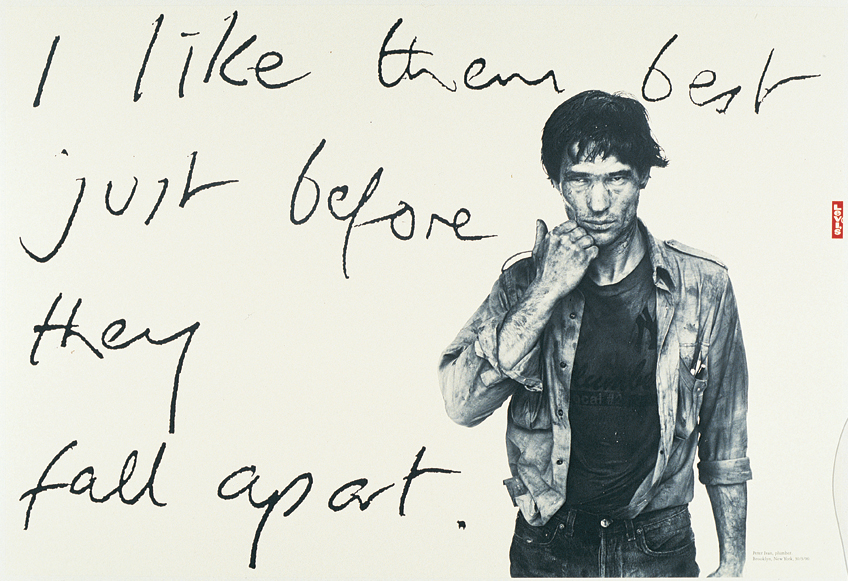‘There’s No Confidence to Equal Ignorance‘: When Youth Trumps Experience
'I don't know how to run a newspaper, Mr. Thatcher. I just try everything I can think of.’
Charles Foster Kane, ‘Citizen Kane’
In 1939 RKO Pictures contracted 24 year-old Orson Welles to write, produce, direct and perform in two feature films. The deal gave Welles complete creative control, including the unprecedented right of final cut. He had not made a movie before.
The notorious contract was both resented and mocked by Hollywood insiders. However, the studio had not completely taken leave of its senses. Welles had a substantial reputation in the world of theatre and radio, and he’d just created a huge stir with his radio adaptation of ‘The War of the Worlds’.
But he still had a lot to learn.
In the months that followed Welles and screenwriter Herman J Mankiewicz drafted a script based on the life of the media tycoon William Randolph Hearst. Welles cast actors he knew from his own Mercury Theatre Company. Most of them were new to film, but he also enlisted veteran cinematographers, like Gregg Toland, expert editors and movie craftspeople. He was given a reference book of film techniques, and after dinner every night for about a month he watched John Ford’s ‘Stagecoach’, firing questions at a technician as he did so. Then in June 1940 he began filming ‘Citizen Kane’.
’As it turned out, the first day I ever walked onto a set was my first day as a director.’
During the shoot Welles fell in love with the challenges and opportunities of movie making. For him the film studio was 'the greatest electric train set a boy ever had’. And he engaged the cinematographer’s art with wide-eyed enthusiasm.
‘If you come up from the bottom you’re taught all the things the cameraman doesn’t want to attempt, for fear he would be criticised for having failed.’
In ‘Citizen Kane’ Welles extensively deployed deep focus shots, whereby the foreground, background and everything in between were in sharp focus. He adopted low camera angles that looked up towards the ceiling (hitherto ceilings were rarely seen in cinema). He used montage editing and long dissolves, overlapping dialogue and multiple voices spliced together. He shunned the traditional linear narrative, and told Kane's story in flashback and from a variety of perspectives. He gave the composer Bernard Herrmann months rather than weeks to write the film's score.
‘I have always been more interested in experiments than accomplishments.’
Some of these techniques Welles had observed in German expressionist cinema. Some he had previously employed himself in the theatre or on the radio. He borrowed, repurposed, invented and imagined as he went along. He had a beginner’s willingness to try new things, to attempt outcomes that weren’t thought possible, to ask questions that hadn’t been asked.
‘Citizen Kane’, was released, after some delay, in May 1941. Though new to cinema, Welles had rewritten its grammar and raised the bar in terms of aesthetics and ambition. ‘Kane’ is considered by many to be the greatest film of all time.
When asked about the movie in the years that followed, Welles was keen to recognise the importance of his youthful naivety.
‘There’s no confidence to equal ignorance. It’s only when you know something about a profession that you’re timid or careful. I thought you could do anything with a camera that the eye could do, or the imagination could do.’
Welles also expressed a pioneer’s passion for the possibilities of cinema.
‘The first thing one must remember about film is that it is a young medium. And it is essential for every responsible artist to cultivate the ground that has been left fallow.‘
These observations should resonate with us in the field of commercial communication.
Ours is a young industry, but sometimes our youthful talent is constrained by conservative management and controlling leadership. It can be sidelined on marginal tasks, harnessed to rigid briefs, relegated to drudgery.
Smart Agencies learn that youthful naivety, enthusiasm and ambition are hugely valuable assets. They should be applied to the toughest tasks, the most important challenges. Novices are not cowed by previous setbacks or bitter experiences. They are not hidebound by convention or best practice. They don’t know what they can’t do.
As the nineteenth century French physiologist Claude Bernard observed:
'It is what we know already that often prevents us from learning.’
Sadly, though much admired by the critics, ‘Citizen Kane’ was not successful at the box office. Hearst took umbrage and forbad his newspapers from covering the movie. And under pressure from Hearst, the studio only gave it a limited release.
Consequently Welles’ Hollywood honeymoon was short-lived. The studios became more cautious. Welles became more cantankerous. Their relationship became more fractious.
‘I started at the top and worked down.’
Of course Welles went on to make some fine pictures. But he was never given the same creative freedom again. And he could never again be so young, naïve and ignorant.
‘The enemy of society is middle class and the enemy of life is middle age.’
Orson Welles
'Life is too short to worry about unimportant things.
Reach for the sky, touch your star, and then you’ll find your dream.
'Cause dreamin' alone, it's a shame indeed.
But if you got love that's all you need.
So be young, be foolish, but be happy.
Be young, be foolish, but be happy.'
The Tams, 'Be Young, Be Foolish, Be Happy'
(J R Cobb / Ray Whitley)
No. 201


















